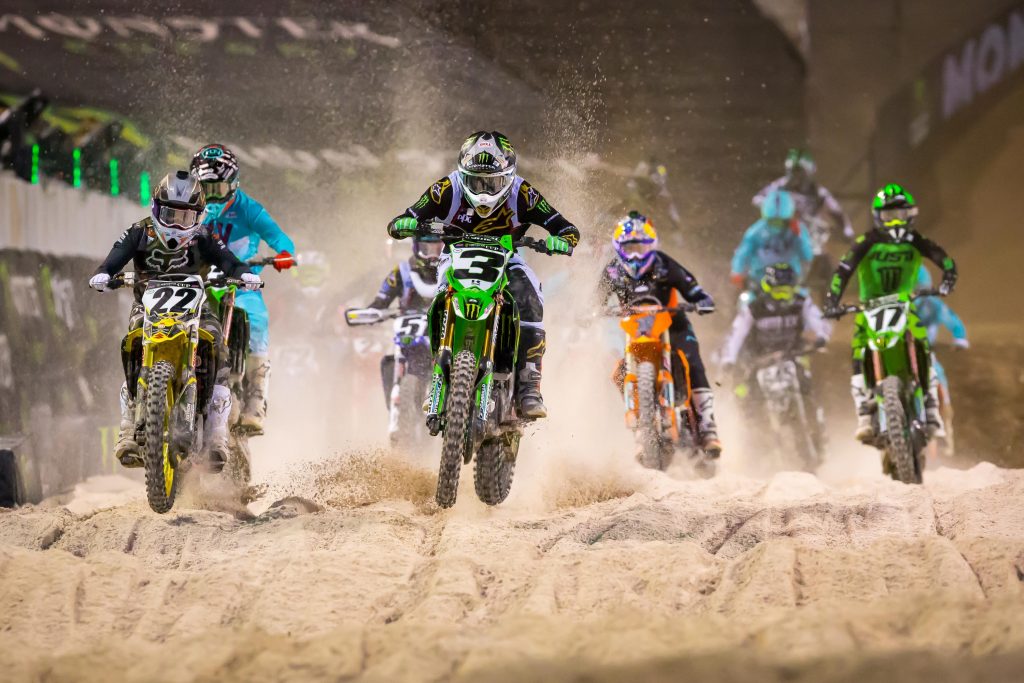Ducati Monster 696: Interview with Designer Bart Janssen-Groesbeek

The Monster, originally released in 1993, is one of Ducati's more classic and successful models. Bart Janssen-Groesbeek was a Project Leader on the new Ducati Monster 696 (pictured) released this past April, and has already proved popular. During the upcoming Motorcycle Show in Cologne opening 8 October 2008, Ducati will unveil the Ducati Monster 1100 and 1100 S and we are looking forward to seeing what they came up with this time around.
We caught up with Bart Janssen-Groesbeek at Ducati's Bologna, Italy headquarters to ask him a few questions.
What factors are important to motorcycle design?
Motorcycle design as a profession is relatively young. The best example of this is that some of the most beautiful motorcycles were designed by people without any formal training. I would say to be able to produce a successful design, you need to have a good understanding of how a motorcycle works, know how to use it and how it is used, but most important of all you have to love bikes. Otherwise it is impossible to explain why one would spend days on designing a bottom yoke.
What inspired the Monster 696 design? Is there a connection to culture or art in the form and function?
The clearest inspiration of the design is obviously the original Monster, with its characteristic profile and shape. The objective was to strengthen the character by emphasizing the central volume. The design of all the components followed this concept — the flat headlights, the stubby exhausts. I can't say that we made any conscious effort to incorporate any current cultural or design trend in the design. Contemporary and authentic are two ideas that are hard to mix.
Can you break down the design process. When did it begin? What were the steps in bringing the bike to market?
Thinking of a replacement of the Monster has been going on for along time. Every time another owner's special was featured it sparked off ideas of how the original model could evolve. The official kick-off was back in 2004, and the design development started the traditional way with sketches and full-scale drawings. After the approval of the 2D proposals we went into 3D, first by means of a foam core model. This transformed into a CAD proposal from which a clay model was milled. The clay model was then modified by hand to achieve the final design. During the design process parallel prototypes were tested and the technical office developed the engineering side. After the design sign off we proceeded from the pre-production model which was shown at the Milan show to the final model as was presented at the launch in Barcelona.












